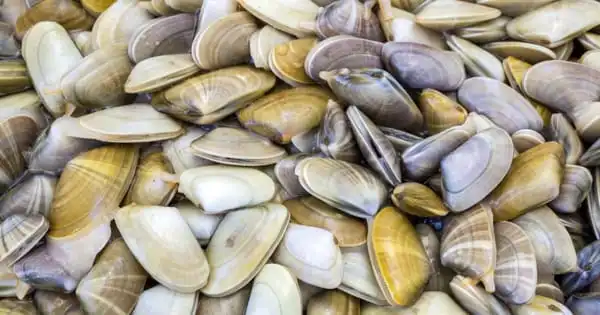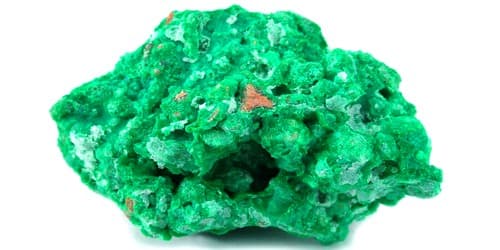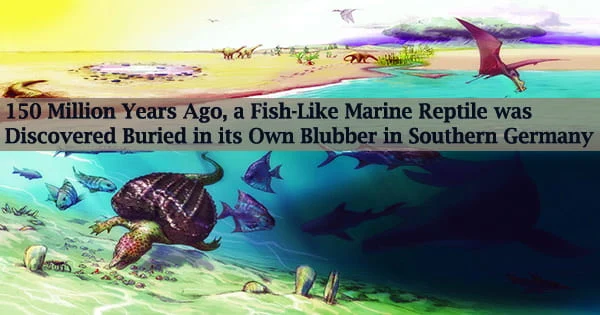When archaeologists seek to learn about the history of an ancient society, they dig deep into the soil in search of tools and artifacts that will help them complete the story. Paleoclimatologists, or scientists who research Earth’s historical climates, employ a similar technique. Instead of digging into the soil, they study coral reefs, delve into ocean and lake floor sediment, and drill deep into glaciers and ice sheets to learn about our planet’s climate history. Ice cores, which are samples collected from the ice, have a record of what our world was like hundreds of thousands of years ago.
The little, pale surf clam about the size of a fingernail that most people have seen and collected on beaches all around the world has clues to Earth’s past in its shell. Researchers have identified the monthly, and even weekly, ocean temperatures recorded in these smooth clam shells for the first time. Researchers now have a new approach to reconstruct climate and its changes from over 3,000 years ago since ancient civilizations eaten these ubiquitous clams and left the shells at archeological sites.
“In comparison to the past, the equipment available now is precise and powerful enough to tell the sea surface temperature and overall climate at a specific place when the clam was developing its shell. This provides archaeologists and paleoclimatologists with another tool in their repertoire for reconstructing past climate. Climate, as we know today, can influence a wide range of practices and behaviors, and this may have been the case in ancient civilizations as well” said Jacob Warner, a doctoral candidate in the LSU Department of Geography & Anthropology and the lead author on this new study published in Chemical Geology.
Using the relationship between the chemistry of the shell and the ocean temperature, we found Donax obesuluscan record sea surface temperature pretty well. With this information, we can push this back in time and reconstruct what the temperature and climate was in the past.
Jacob Warner
Warner and colleagues are interested in tracking the El Nio Southern Oscillation, or ENSO, a climate phenomenon that affects a large portion of the world. The warm phase of ENSO is characterized by warmer than normal ocean temperatures, increased rainfall, and more tropical storms and hurricanes in the southern United States.
Warner’s research sites are in northern Peru, one of the areas most affected by ENSO. The cold, deep water off Peru’s coast makes it one of the most productive fisheries in the world; but, when a warm ENSO event occurs, fishery die-offs can occur.
The researchers gathered 18 surf clams from markets and coastal beaches in 2012, 2014, and 2016 to record the sea surface temperature during different periods of ENSO. This new study employed a type of short-lived surf clam known as Donax obesulus, which had never previously been used to recreate climate. Previous research has used the short-lived intertidal clam species Mesodesma donacium with success. This species, however, is now extinct in northern Peru.

Clams, like trees and tree rings, form layers in their shells as they expand. Warner bored along with the shell, collecting samples at regular intervals throughout the clam’s life to gain a snapshot of the ocean temperature as the shell grew.
“Using the relationship between the chemistry of the shell and the ocean temperature, we found Donax obesuluscan record sea surface temperature pretty well. With this information, we can push this back in time and reconstruct what the temperature and climate were in the past,” Warner said.
Warner worked with fellow archeologist Aleksa Alaica, a postdoctoral researcher at the University of Alberta, on a separate publication to analyze the surf clam Donax obesulus found at an archaeological site in northern Peru’s Jequetepeque Valley. They discovered that the shells of the clams were larger during warmer ENSO occurrences, implying that shell size can likewise be utilized as a paleoclimate proxy. They also observed that the ancient humans who lived at this site preferred to take larger individual clams, indicating a fisheries management approach that existed more than 2,000 years ago.
Warner is currently reconstructing former climates using clam shells obtained at another archeological site called Caylán in Peru’s Nepea Valley, which was populated around 2,200-2,600 years ago.
One of the most significant findings of our research is that human-caused climate change, which has resulted in an overall increase of surface air temperatures, has caused a reversal in the long-term natural coupling of the marine and atmospheric climate systems.
The evidence from the shells indicates that changes in marine climate lagged after changes in the atmosphere during the contemporary industrial period (AD 1800-2000). Surface air temperatures responded to human-caused climate change far faster than the North Atlantic did. Though we cannot speculate on what this means for the future, this new information will help to reduce uncertainty in future climate variability projections.
















